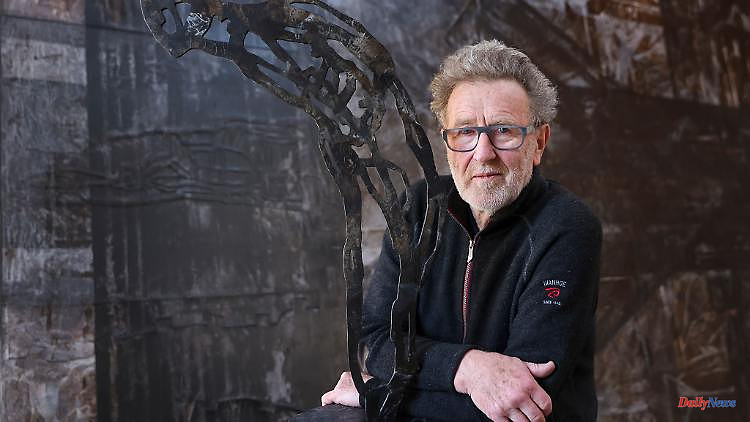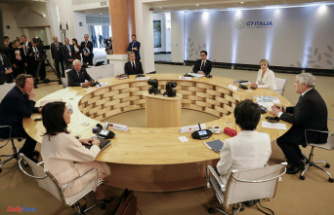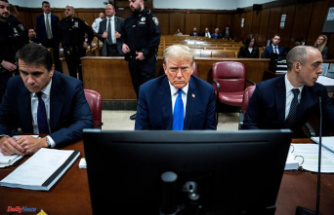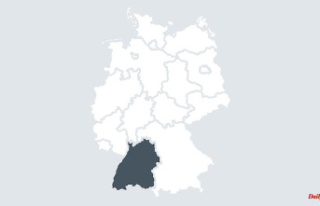Chemnitz (dpa / sn) - The Chemnitz artist Michael Morgner misses a reunification in art. "In my year there were none at all," he told the German Press Agency before the opening of the "Life Lines" exhibition in the art collections of his hometown on his 80th birthday. Many artists who rejected official GDR art and stood up for artistic freedom are wrongly still not given the appreciation they deserve.
From Sunday, the show will show all facets of his work. It became a kind of retrospective, said Morgner. Among the 103 paintings, sculptures, hand drawings and prints on display from various creative phases are his favorite works that he donated to the museum and those that were purchased in 2020. The multi-part "Life Frieze" from 1984, on loan from the Free State, is also being shown in a museum context for the first time. The artist is particularly "stirred" by the first catalog raisonné that is available with the show.
Morgner is one of the most important contemporary German artists and was a protagonist of the non-conformist art scene in the GDR. In his work, he deals with the existential questions of human life, said curator Marie Winter. Subjects such as fear, pain, suffering and loss, their processing and overcoming are more relevant than ever in view of political, social and ecological crises and, "besides the outstanding artistic quality of his work, the reason to dedicate this show to him at the place of his creation".
They are juxtaposed with expansive installations, video works and photographs by four young artists from Dresden and Leipzig, who discuss basic questions of human existence from the perspective of another generation.
Morgner studied at the Academy of Visual Arts in Leipzig. Far away from art academies, he rejected the conventions of GDR art and founded the group "Clara Mosch" (1977-1982) with fellow artists. Their Chemnitz gallery was considered the first independent producer gallery in the GDR - and at plein airs they addressed taboo topics such as environmental protection and a lack of freedom. "There is also a second German art history," he said. Artist colleagues like Max Uhlig, Eberhard Göschel, Strawalde or Charlotte Pauly are also not part of the "new business model of GDR art". Morgner is also artistically concerned with the subject. He has no hope that things will change quickly. "The next generation has to take care of that."












